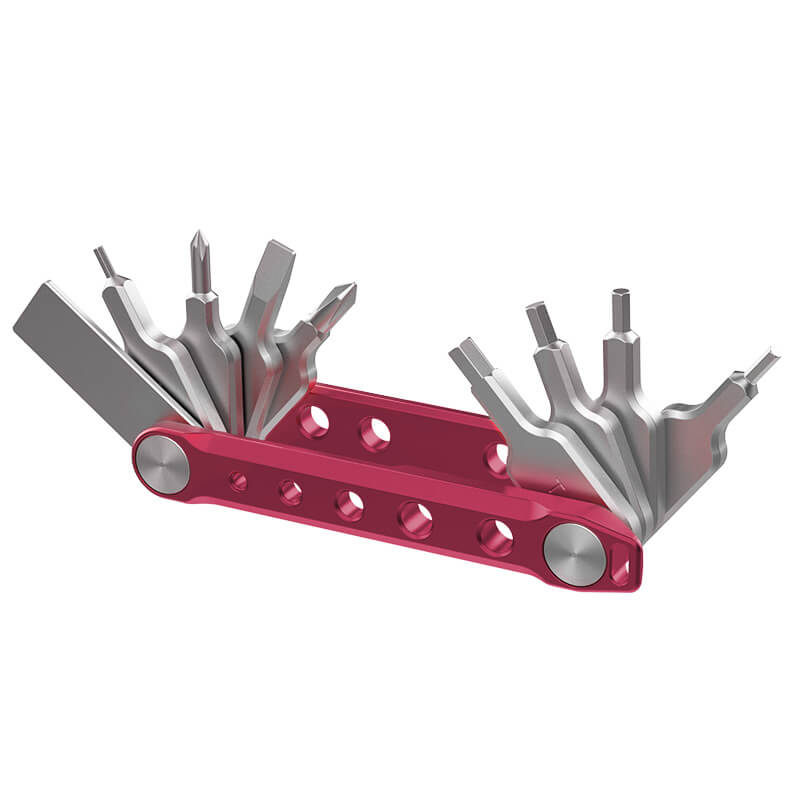
Sony a6700 gives me the impression of a machine that consolidates Sony's resources and maximizes the reuse of existing mature systems to create a highly satisfactory APS-C high-end model. A true master of supply chain management! This model can hardly be considered a traditional APS-Cflagship, as it lacks features like dual card slots and a large buffer. It could herald the end of traditional APS-C flagships.
The emergence of every camera and the rise and fall of every product positioning have their own historical background. So, under what circumstances did the introduction of the a6700 and the disappearance of flagship APS-C cameras?
APS-C flagships in the DSLR era

The APS-C flagship cameras of the DSLR era were replaced by the D500 from Nikon and the 7D Mark II by Canon, often referred to as the "mini D5" or "mini 1Dx." They retained many features of the flagship models, such as powerful autofocus modules, dual card slots, excellent body design and weather sealing, and a wealth of control options. The only notable difference was the slightly smaller sensor size. These cameras and the entry-level full-frame cameras (D610, 6D series) comprised the camera manufacturers' product range in the $1,000 price range. People chose the full-frame model if they wanted better image quality, decent autofocus, and fast burst shooting. If you didn't care about ultimate image quality but needed fast burst shooting and autofocus, the APS-C flagship was the right choice.
In the DSLR era, the most expensive part of a camera was the high-speed mirror, which could move precisely up and down at a rate of 10 frames per second. This miniature mechanical marvel, coupled with the independent autofocus module carried over from flagship models, created an APS-C flagship. Of course, it also featured two card slots and weather sealing. However, in the mirrorless era, this approach is no longer possible.
Why are high-speed APS-C flagships so difficult to realize in the mirrorless era?
In the mirrorless era, autofocus and continuous shooting performance are directly dependent on the speed of the CMOSsensor. In other words, if the CMOS sensor is fast, everything works well.

This creates a difficult situation: If a very fast CMOS sensor is developed that can achieve a usable APS-C resolution (e.g., 24 million pixels), then the full-frame version of that CMOS sensor could reach 50 million pixels, just like the Sony a1. Developing an APS-C version with the a1's IMX610 for APS-C flagship purposes is therefore simply impossible. Let's be honest and assume that the cost of this CMOS sensor is half that of the full-frame version. Should a camera corresponding to this positioning have a price of $3,899? That would be excessive.
But a $3,899 APS-C flagship wouldn't fit the entry-level, mainstream, and even mid-range full-frame market. These full-frame cameras, like the Sony Alpha 7R V and Alpha 7 IV, offer higher image quality, along with decent burst and autofocus capabilities. At this point, it's clear what most people would choose. So, what if you could take a 24-million-pixel sensor like the IMX571, which was introduced in the 4th generation, and use it with a 24-million-pixel sensor?What if the CMOS sensor used in the $499 full-frame Alpha 9 II were converted into an APS-C version? The result would be a camera with only 10 million pixels and a price tag of $1,399. Would you buy it? In reality, there isn't enough demand in the consumer market for a low-resolution APS-C camera at $1,399 that has high-speed autofocus and burst shooting capabilities. It would also be challenging to raise the price to $3,899. Hence, we have the CMOS sensor used in the a6700—a 3.76-micrometer pixel pitch inherited from the a7R5's IMX455 (a similar sensor with a different name, IMX584). As a result, we have the FX30 and the a6700. So why doesn't Sony release a 40MP APS-C camera? Sony is not Fujifilm, and there's no reason to stick with APS-C for image quality.
A6700 - Sony's integration of resources
Sony a6700 is more like "better a6x00" positioned as a traditional APS-C flagship. It also can't compete with the FX30 in the professional video market.

The a6700 isn't a traditional APS-C high-speed flagship, and many of its decisions become clear from that perspective. It's not intended as a mini high-speed camera, and therefore doesn't offer the massive buffer capacity or the 1/8000s shutter speed and 1/250s sync speed typically found on APS-C flagships. Because it's not intended to be perceived as a small high-speed machine, it naturally lacks features like CFexpress for fast card release. Instead, it borrows the IBIS and mechanical shutter components from the a6600. It can't compete with the FX30 in the professional video market, and so it's not designed for heavy-duty use with robust heat dissipation, dual card slots, and full-size HDMI.

Additionally, the two card slots have been omitted. However, to make it significantly better than the a6600, it adopts modern features such as the a7R5's AI-based autofocus detection, the a7R5's handgrip design, and the a7M4's dual dial configuration. This helps it avoid internal competition.

Is the Sony a6700 good or not?
If you expect it to be an APS-C high-speed flagship, it's not for you. However, if you want a camera that's fun to use, the Sony a6700 A good choice. It has all the necessary features, and its autofocus performance is probably comparable to that of the a7RV, although it might struggle in complex environments. It offers uncropped 4K60p video, and while 4K120p recording is also possible, it will require some cropping. In summary, this camera offers sufficient flexibility and meets the needs of enthusiasts who want to play with all its features.

However, if you plan to shoot professionally, you may need to consider other devices. For photography, the Sony a7M4 would be the best choice, offering features like flash sync, control, and an EVF. For video recording, the Sony FX30 would be the ideal choice, offering features like heat dissipation, dual card slots, and mounting points.
With its excellent lens range, the a6700 One of the most recommended high-end APS-C models. It's particularly suitable for enthusiasts with a certain budget and ambitions who can upgrade from entry-level cameras. Purchasing a Sony a6700 with Sigma's APS-C zoom trio or Sony's G-series APS-C lenses would cost around 2,000 euros.000 US dollars, which is still cheaper than the a7RV body.






